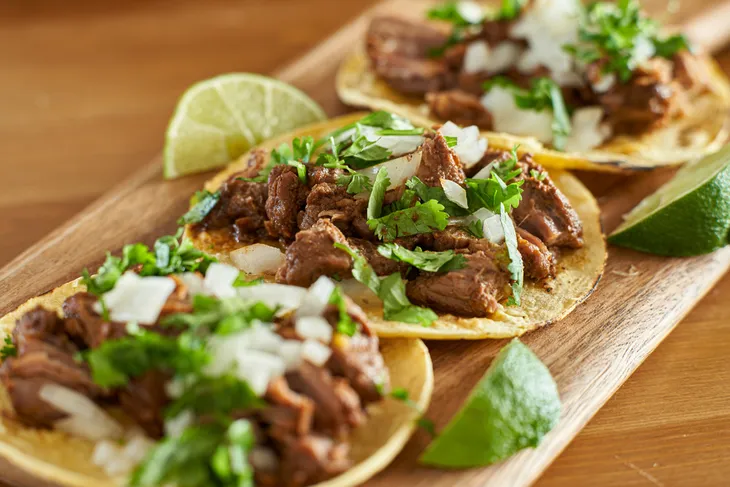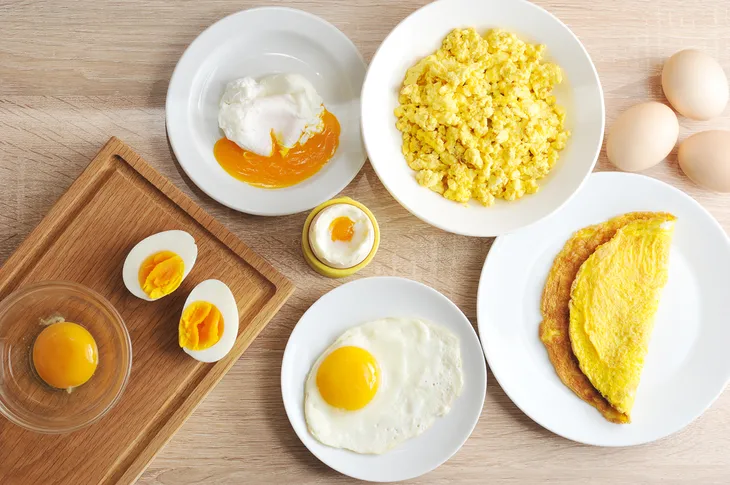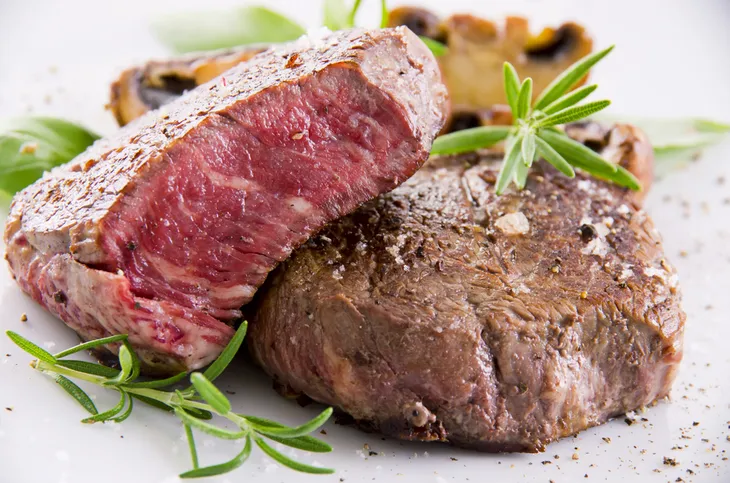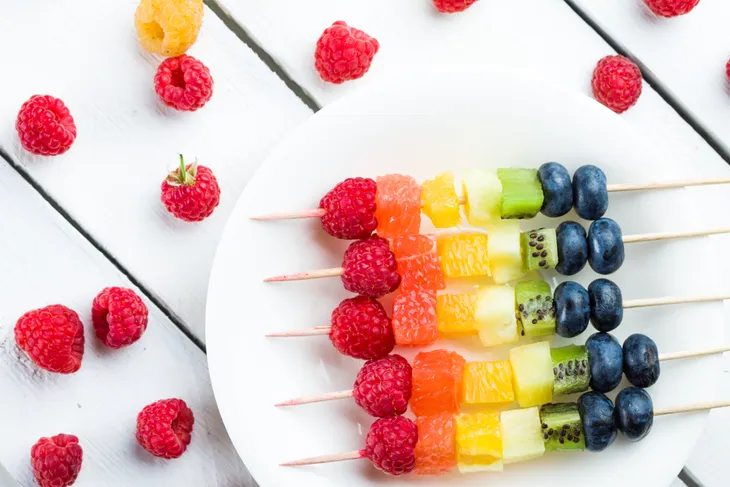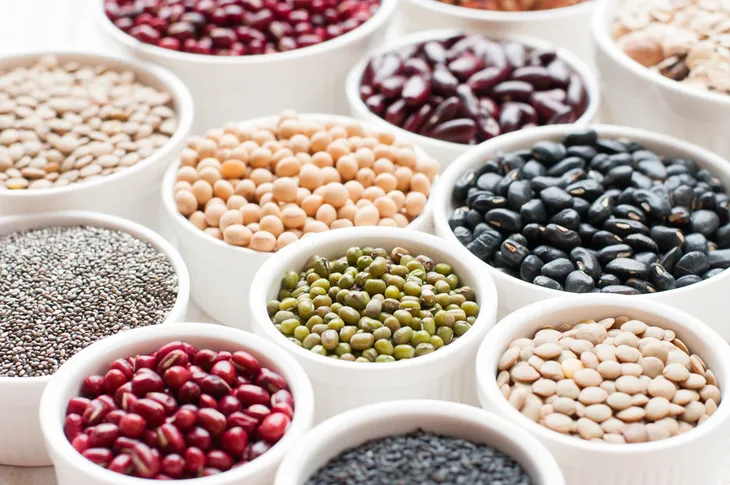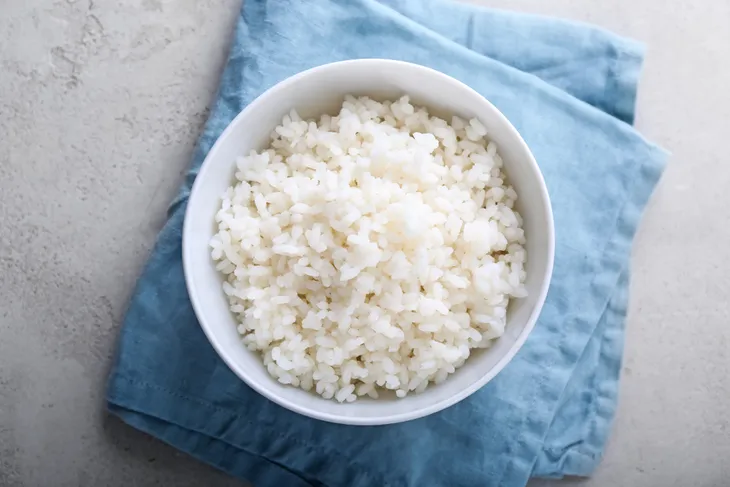There are plenty of reasons to consider hopping on the low sodium diet train. Perhaps your doctor prescribed it. Low sodium diets are frequently relied on to help manage the symptoms and complications of kidney disease, heart disease, and high blood pressure. Maybe you did the math, realized that the average American eats roughly 20-times the recommended daily dose of sodium every day, and decided to make a change.
Regardless of whatever brought you here, know that lowering your daily salt intake is indisputably wise. It doesn’t mean sacrificing flavor either. There are plenty of delicious menu items to choose from. Today, we’re going to break those options down for you so that you can click away from this article knowing exactly what foods to eat on a low sodium diet.
Corn Tortillas
Before you lament the loss of your favorite submarine sandwich shop, consider that corn tortillas are still on the menu. Where the average wheat and flour tortilla can contain upwards of 400-milligrams (mg) of sodium, the corn variety contains less than 25-mg each on average. Opting for corn tortillas in favor of flour-based wraps is a fair trade in our books.
Vegetables
If you want to lower the amount of sodium you consume in a day, then start getting to know vegetables. Fresh or frozen, vegetables are loaded with the vitamins and minerals that your body needs to run smoothly. Preparing them at home gives you control over the amount of salt they contain too.
What about canned veggies you ask? Whether we allow those to make their way from the grocery store shelves to our dinner table depends on the label. If it says “no salt added” then you’re probably in the clear. Either way, it’s always best to read the nutrition label on the back to be sure.
Eggs
Eggs are nutritious and cost-effective. And, with just 62-mg of sodium contained in a large hard-boiled egg, they’re decidedly low-sodium too. To put it in perspective, one egg provides the human body with just 3-percent of its recommended daily sodium allowance.
Eggs are incredibly versatile too, which allows low-sodium seekers tons of opportunities to incorporate them throughout the entire day. As with anything made in your kitchen, it’s best to avoid adding too much table salt to the egg-based dishes that you prepare.
Fresh Meat
There’s a common misconception that the Standard American Diet’s obsession with eating meat is driving up the nation’s collective sodium levels, but that’s not entirely true. Sure, the meat that’s served at fast-food chains and restaurants is often loaded with salt, but that’s just a matter of seasoning, breading, and sauces.
If you do have a hankering for steak, prepare it at home and go easy on the salt. The same is true for chicken, turkey, and pork. Fresh meat is inherently low in sodium and therefore safe to consume on a low sodium diet.
Fresh Fruits
If you’re already a fan of fresh fruits then I’ve got good news for you. Fruit is naturally low in sodium, which means you can still get your sweet tooth fix while also satisfying the requirements of this new diet.
Apples, pears, bananas, and apricots offer the lowest sodium levels and can serve as competent stand-ins for sweets and candies.
Low Sodium Bread
I know we said that bread is off the menu, but that’s not entirely the case. Eating a dinner roll alongside your restaurant soup should be avoided, but your local grocery store should have a variety of low-sodium loaves of bread available to take home with you.
Brands like Ezekiel, Vermont Bread Company, Alvarado Street Bakery, and Shiloh Farms offer a wide variety of options for the sodium-conscious consumer. Better yet, these loaves of bread are also delicious!
Milk
Good old-fashioned dairy milk does contain sodium. On average, one cup accounts for 5-percent (or 120-mg) of a person’s recommended daily consumption. The sodium in dairy milk is naturally occurring, and sails under the serving/sodium threshold recommended by most doctors.
If you’re looking to cut sodium even further, consider coconut milk. Coconut milk can act as a suitable culinary stand-in for milk or cream and contains only 15-mg of sodium per 100-grams.
Fresh Fish
Much like our conversation about fresh meat, the sodium associated with consuming fresh fish is all a matter of preparation. Beer battered filets are off the menu, but baked halibut seasoned with herbs and spices is still very much on.
Learn to cook your favorite seafood dishes at home and opt for salt-free seasoning mixes to add flavor. You’ll undoubtedly save a lot of money by not eating out. You’ll also make your doctor happy by staying away from all of that dreaded salt!
Dried Beans
Incorporating beans into your diet is a fantastic way to save money on groceries while still getting an adequate serving of essential nutrients. Beans are loaded with fiber, iron, and protein.
Just a half of a cup of canned beans can contain as much as 500-mg of sodium. So yeah, we’re sticking with dried beans for this diet. Sure, dried beans take more time to prepare, but their low sodium content, cost-effectiveness, and nutritional value make them worth the trouble.
Rice
It’s eaten all over the world, across vastly different cultures, and prepared in a multitude of different ways. Just like dried beans, rice is incredibly cost-effective and easy to store. And, when cooked with just water, white rice is completely free of sodium.
On a low sodium diet, rice acts as a satisfying substitute for high-sodium bread and sides. Provided you don’t smother it in soy sauce or the like.
Tips for Dining Out
As hard as you may try, you can’t avoid going out to eat forever. But dining out doesn’t have to mean busting your diet. The key to navigating the sodium-rich world of fine dining is knowing what you’d do best to avoid. Instead of ordering soups, bread, breaded foods, and casseroles, choose baked entrees, and steamed vegetables.
Don’t be afraid to ask your server about low-sodium menu items or request that your food be prepared with less salt. When eating on a low-sodium diet, the doggy bag is your friend. Approaching a restaurant meal with the intention of taking half of your meal home can help keep your portion size and sodium levels down.
The Takeaway
Salt is not the enemy, but as with most things, it’s important to consume it in moderation. As you can certainly see, navigating your new low-sodium life can be challenging, but it doesn’t have to be tasteless. Ice cream, rice, fresh fruit, veggies, corn tortillas, and more are still on the menu. What you do with those ingredients is now up to your creativity.
You don’t need a doctor to tell you to lower your salt intake. Sure, a low sodium diet is often prescribed by physicians, but monitoring and reducing the sodium that you consume daily can have a profound impact on your overall health and wellness.

